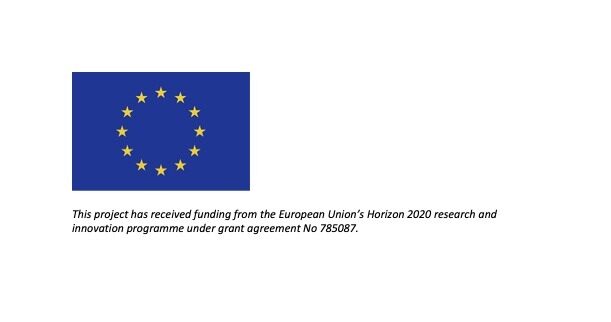The InvECAT project aims to mobilize voluntary energy efficiency and sustainable energy investment by companies and financial institutions through the development of standardized frameworks and tools. InvECAT developed a toolkit for energy and climate target setting and monitoring that companies, financial institutions, regulators and policy makers can exploit to support domestic and global energy and climate goals. The market uptake of the toolkit by all stakeholders (companies, financial institutions, policy makers and civil society) is supported by the extensive outreach and strong networks that the consortium members have developed in over 20+ years of experience.
The core objective of the proposal was to introduce a new practice to the financial sector: setting climate targets aligned with the Paris Agreement, negotiated with governments, and then manage the climate impact of investment and lending portfolios, notably by engaging with investee companies. However, this dynamic led to the emergence of two different philosophies for defining and measuring the contribution of the finance sector: evidence-based, as supported by 2DII, or theory-based, not supported by 2DII. The debate and the related work have basically opened a new field of research, at the crossroad of measurement techniques and legal analysis. This situation created the need for the development of a technical measurement framework beyond what has been produced. A Evidence for Impact Working Group composed of researchers and financial institutions has been initiated in Q1 2020 to help perform this work. All sessions can be found here (password: 2DII2020impact)
Work Package 1: Contribution to the Paris Agreement A Framework for NSAs
All stakeholders can use the taxonomy to understand and categorize pledges for future monitoring impacts. Financial institutions use standardized templates in order to formalize their commitments in a way that allows aggregation and monitoring progress.
Main output 1: All stakeholders can use the taxonomy for climate pledges for future monitoring and impacts.
Main output 2: Financial institutions and corporates use the standardized Climate Action Template in order to formalize their commitments in a way that allows for aggregation and monitoring of progress.
Work Package 2: An International Standards for Measuring Finance Sector Contributions
Main output 1: The database on existing financial contribution pledges and the analysis provides background material to the conveners of ISO 14097 as the standard aims at developing a framework for measuring and reporting the impact of climate actions. The database is accessible under the toolbox on transitionmonitor.com and directly accessible here.
Main output 2: The international standard ISO 14097 includes principles and requirements for assessing and reporting investments and financing activities related to climate change. Available for purchase here.
Work Package 3: Platform to Monitor the Alignment of Investments with Energy Efficiency & Climate Goals
Main output 1: The Climate Action Guide is the main tool of the InvECAT project. The Climate Action Guide is accessible under the toolbox on transitionmonitor.com and directly accessible here. It provides information about the mechanisms and existing level of evidence for the impact of climate actions as well as the consequences of implementing climate actions. The Guide was soft launched in October 2020 and has been used by over 50 financial institutions. We expect to double that number as 5 additional governments and regulatory bodies have confirmed that they plan to endorse the Climate Action Guide (see WP4).
Main output 2. Asset Resolution acts as a ‘middle-man’ between i) providers of data (physical asset-level data, ownership data, climate data) and context related data; and ii) data users. Asset Resolution plays a key role in the InvECAT project since it facilitates the access to high quality physical asset level and financial markets-related data and reduces the transaction costs.
Work Package 4: Socializing the Concept and Tools
Main output 1. The target-setting indicators developed for corporates for two sectors (power and automobile) have been adopted by the CA100+ initiative in their engagement with companies. From next year, those indicators will be extended to the steel, aviation and shipping sectors.
Main output 2. Austria, Switzerland, Sweden, Norway and Luxembourg have confirmed that they plan to endorse the Climate Action Guide tool as part of their finance sector engagement activities leading up to COP26.
Work Package 5: Communication
Main output: 2DII with the support of third parties coordinates with relevant UN and EU bodies (UNEP, UNFCCC, DG FISMA, and DG CLIMA) and articulates the delivery of concrete approaches in ways in which the UN system and EU structure can be leveraged to move institutional investors, actuaries and financial consultants towards more energy efficient allocation in investment portfolios.
Work Package 6: Management
The Consortium includes: 2DII and WWF EPO with direct support from UNEP-FI and UNFCCC.
A complete list of deliverables can be found here and here.


